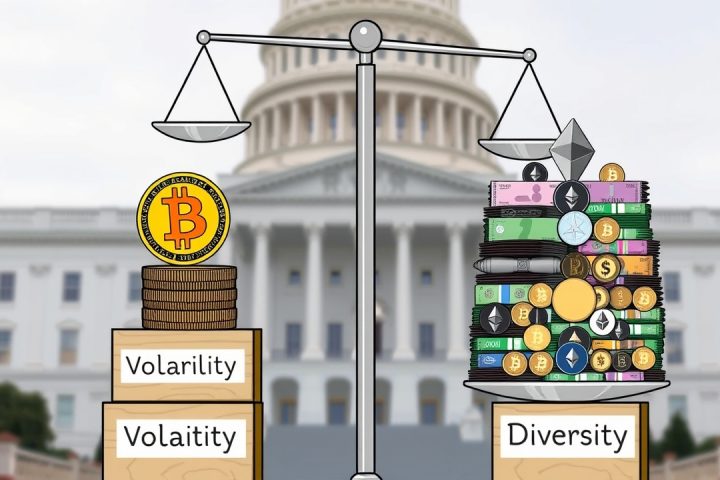Introduction to STBL
In a significant development for blockchain finance, Tether co-founder Reeve Collins has launched a new stablecoin named STBL, which is now available on leading cryptocurrency exchanges such as Binance Alpha, Kraken, and ByBit. This innovative stablecoin aims to reshape the landscape of on-chain finance by integrating traditional treasury assets into its operations.
Key Features of STBL
STBL stands apart by its design, which successfully navigates the complexities of regulatory compliance, user privacy, and the need for censorship resistance. Key features of STBL include:
- On-chain reserve data publication for transparency to both regulators and users.
- Compliance assured through the involvement of licensed custodians while maintaining user anonymity.
- Zero-knowledge technology for verification without exposing sensitive information.
Yield-Splitting Mechanism
A unique aspect of STBL is its yield-splitting mechanism. When users deposit collateral, two tokens are generated:
- USST: Functions as a stable payment token.
- YLD: An NFT representing yield.
While adhering to Know Your Customer (KYC) regulations and whitelisting norms for regulated yield, USST remains freely circulating like digital cash, thereby preserving its liquidity and self-custodial nature. This model effectively harmonizes regulatory compliance with the need for operational transparency and user privacy.
Liquidity Sources and Institutional Collaboration
Regarding liquidity sources, Collins highlighted the evolution of tokenized assets that consolidate the purchase and holding processes of Treasuries into programmable assets. STBL enhances the capabilities of existing tokenization firms rather than replacing them. Institutional models from firms like BlackRock and Franklin Templeton work together with STBL, allowing users to use tokenized RWAs as collateral for minting USST and YLD, paving the way for a more efficient digital economy.
Technical Aspects and User Incentives
Delving into the technical aspects, STBL’s tri-token approach—comprising USST, YLD, and STBL for governance—ensures that user incentives align with the overall ecosystem goals. This model distributes approximately 80% of profits to USST minters and the remaining toward maintaining protocol infrastructure, promoting a decentralized ownership structure that encourages active user participation rather than passive profit generation.
Real-Time Yield Accrual
In terms of real-time yield accrual, STBL differentiates itself from traditional finance by supporting immediate yield accrual right from the moment of collateral posting. This capability, maintained via the separation of yield from the payment token, boosts capital efficiency while ensuring USST remains insulated from yield-related market risks.
Risk Mitigation and Security
Moreover, STBL takes significant steps to minimize the risks associated with stablecoin collateralization, especially in the volatile landscape of DeFi. By backing its peg with actual, over-collateralized U.S. Treasuries and actively managing the collateral, STBL aims to mitigate the kind of systemic failures seen in other algorithmic stablecoins like Terra.
As for challenges posed by cross-chain interactions and security vulnerabilities, Collins emphasized STBL’s commitment to mitigating risks through a focus on native minting processes, limiting reliance on bridges, and utilizing zero-knowledge proofs for enhanced security. This approach addresses the potential for fragmentation and misuse that has plagued multi-chain stablecoins.
Geopolitical Implications and Future Outlook
On the geopolitical front, the implications faced by stablecoins were highlighted, particularly following events such as the sanctions against Tornado Cash, which underlined the vulnerabilities in the current framework. STBL addresses this by maintaining reserves that are not only liquid and transparent but also safeguarded across multiple custodians to enhance resilience.
Looking toward the future, Collins speculated on the widespread adoption of stablecoins by central banks, noting that for sustainable national-scale implementation, enhancements in throughput and real-time settlement features are necessary. He foresees a hybrid model where stablecoins can coexist with traditional financial structures, ensuring decentralization while adhering to the operational needs of sovereign states.




